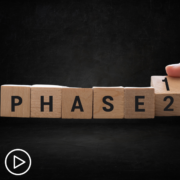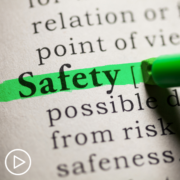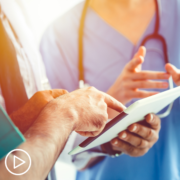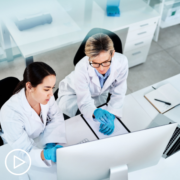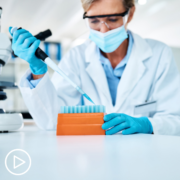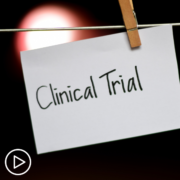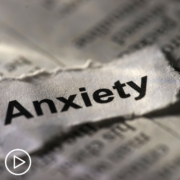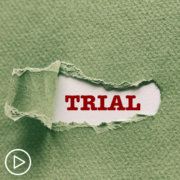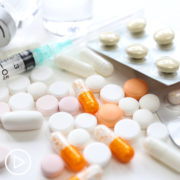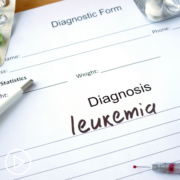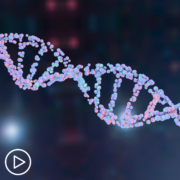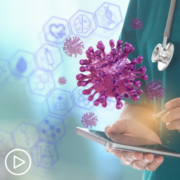How Is a Patient’s Safety Monitored in a CLL Clinical Trial?
How Is a Patient’s Safety Monitored in a CLL Clinical Trial? from Patient Empowerment Network on Vimeo.
CLL clinical trials have safety protocols, but how are they carried out? CLL expert Dr. Michael Choi explains the frequency of monitoring, what happens if adverse events occur, and the groups that oversee clinical trial safety.
Dr. Michael Choi is a hematologist and medical oncologist at UC San Diego Moores Cancer Center. Learn more about Dr. Choi.
See More from CLL Clinical Trials 201
Related Resources:
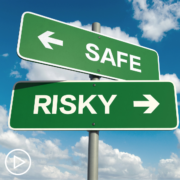
|

|
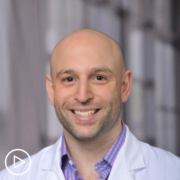
|
Transcript:
Laura Beth:
Dr. Choi, a lot of patients worry about the safety of a clinical trial. They wonder, “Is it safe, or am I going to be a guinea pig?” What is done to help ensure safety for patients when they’re in a clinical trial?
Dr. Choi:
Yeah, certainly every clinical trial brings with it or introduces some sense of uncertainty.
After all, that’s why the trial is being done, because we are trying to learn about how effective or how safe or how tolerable a drug or drug combination is. But certainly, trials are designed in a way that prioritize or emphasize the safety and the monitoring of patients. Oftentimes, trials will have very clear guidance on how often a patient will be assessed, sometimes have very clear recommendations about what to do about each individual lab abnormality that may come up, and certainly very clear guidance on how to adjust the dose of the drugs that are being used if there’s any sort of toxicity.
But yeah, certainly, I can empathize with the concern that something that’s very new, we may be learning at the same time as our patients as far as what side effects may come up.
But I do want to emphasize that oftentimes, these aren’t total unknowns, that the research that goes into it, a drug or a pathway, even before the trial starts, gives people a good sense of what things to watch for and how safe things may be.
Laura Beth:
Is there an oversight committee or a safety committee that reviews the safety information of a clinical trial?
Dr. Choi:
That’s correct, yeah. Behind the scenes, there are, I imagine, kind of armies of people that are eagerly refreshing their screens to see results come in, both out of excitement to see how something is working, but also to make sure that we’re on top of any side effects or any toxicities that may affect other patients on the trial. Very rarely, maybe a patient on one part of the continent has some side effect, and that information is very quickly and formally disseminated to all the other sites.
Sometimes, that leads to the other sites deciding to halt their enrollment to figure out what happened and prevent it from happening again, or at the very least, know to keep track of that in our other patients as well. So, yeah, definitely people monitoring things and really, with the priority of keeping other patients safe or keeping all patients safe.

